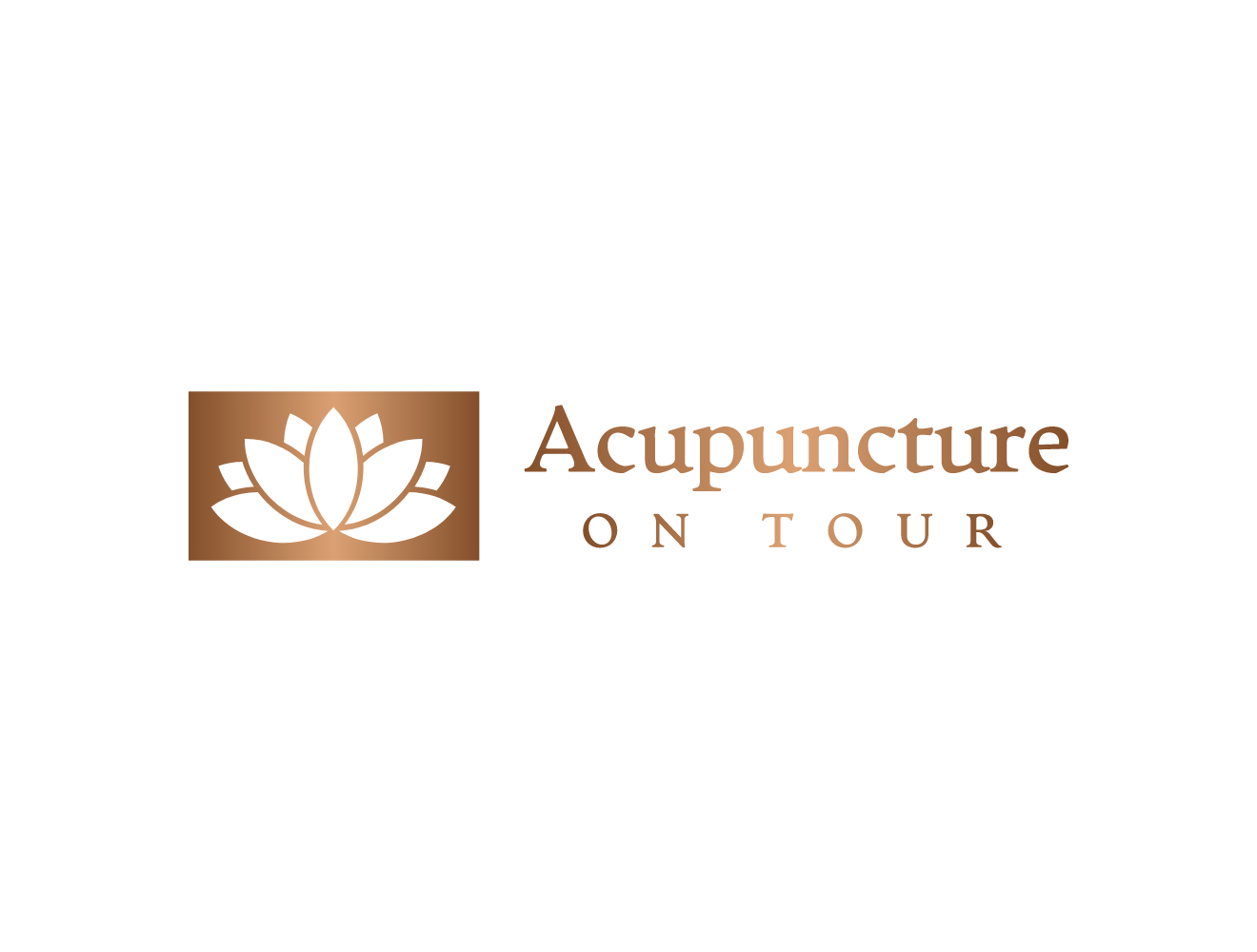 Image 1 of 2
Image 1 of 2

 Image 2 of 2
Image 2 of 2



Moxibustion therapy/ for coldness in the limbs or for turning of breech babies
What is moxibustion?
Mugwort, or artemisia, is a flowering plant in the daisy family. It’s used in foods eaten around the world, including German Christmas goose, Korean clam soup and a green Japanese dessert known as kusa mochi.
It’s also the key to moxibustion. Mugwort leaves are dried and ground into small sticks or cones called moxa (similar to incense), which are then lighted and used to warm points on your body and relieve a variety of conditions.
“Moxibustion can travel through the 12 meridians, which carry energy throughout the body,” Dr. Nguyen says. “It is able to regulate qi and blood, dispel cold, warm yang and prevent diseases to maintain overall well-being.”
In TCM, the concepts of yin and yang balance each other, but imbalances can lead to illness. “When yang becomes deficient, then there may be an increase in cold,” Dr. Nguyen explains.
What is moxibustion used for?
“Moxibustion is usually good for cases where the disease is brought on by cold pathogens or a certain qi/yang deficiency,” Dr. Nguyen says. This includes:
Joint pain.
Indigestion.
Organ prolapse.
Gastrointestinal issues.
Menstrual cramps.
Infertility.
It’s also commonly used for breech pregnancy, when a baby is positioned feet- or bottom-first in the uterus rather than head-first. Moxibustion has been shown to be an effective way to get a baby to turn around on its own, without medical intervention.
“In this case, moxibustion should be done during the end of the second trimester or beginning of the third trimester,” Dr. Nguyen says.
What is moxibustion?
Mugwort, or artemisia, is a flowering plant in the daisy family. It’s used in foods eaten around the world, including German Christmas goose, Korean clam soup and a green Japanese dessert known as kusa mochi.
It’s also the key to moxibustion. Mugwort leaves are dried and ground into small sticks or cones called moxa (similar to incense), which are then lighted and used to warm points on your body and relieve a variety of conditions.
“Moxibustion can travel through the 12 meridians, which carry energy throughout the body,” Dr. Nguyen says. “It is able to regulate qi and blood, dispel cold, warm yang and prevent diseases to maintain overall well-being.”
In TCM, the concepts of yin and yang balance each other, but imbalances can lead to illness. “When yang becomes deficient, then there may be an increase in cold,” Dr. Nguyen explains.
What is moxibustion used for?
“Moxibustion is usually good for cases where the disease is brought on by cold pathogens or a certain qi/yang deficiency,” Dr. Nguyen says. This includes:
Joint pain.
Indigestion.
Organ prolapse.
Gastrointestinal issues.
Menstrual cramps.
Infertility.
It’s also commonly used for breech pregnancy, when a baby is positioned feet- or bottom-first in the uterus rather than head-first. Moxibustion has been shown to be an effective way to get a baby to turn around on its own, without medical intervention.
“In this case, moxibustion should be done during the end of the second trimester or beginning of the third trimester,” Dr. Nguyen says.

